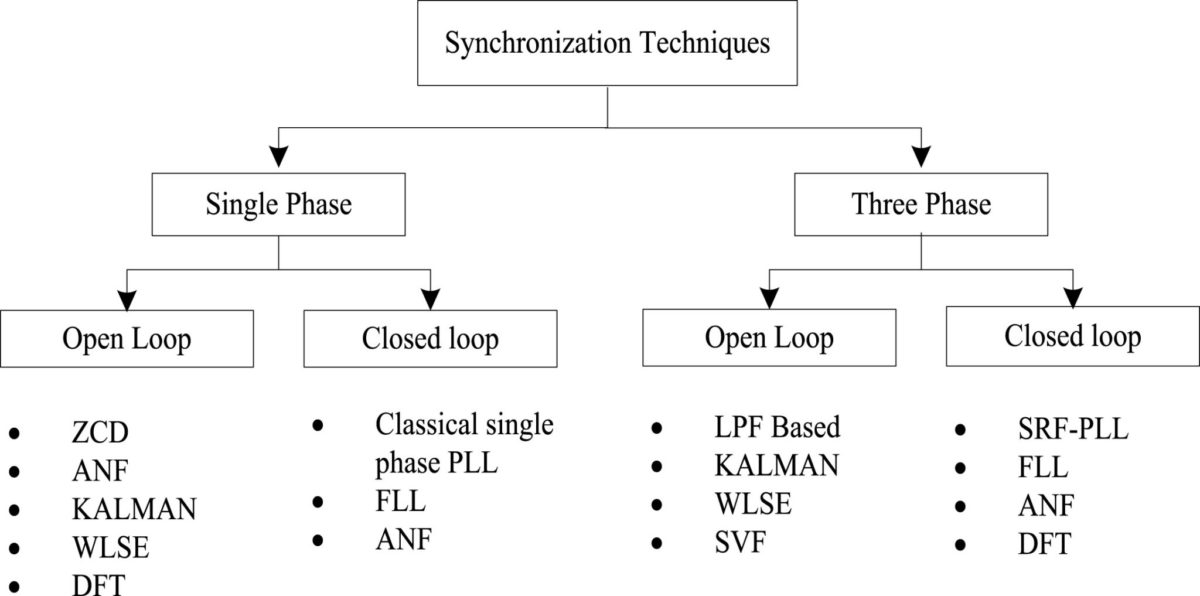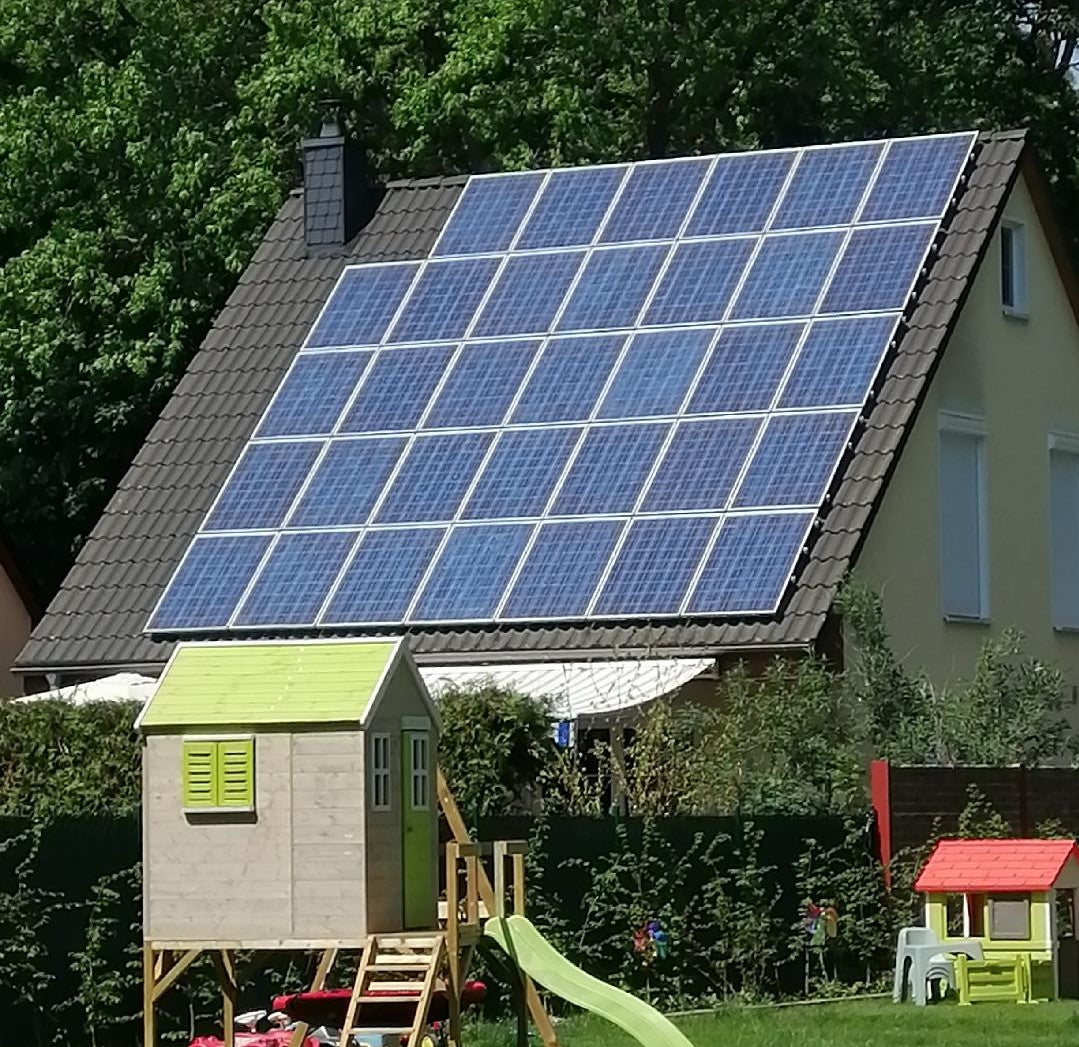https://www.pv-magazine-india.com/2022/10/21/grid-tied-pv-system-synchronization-techniques-at-a-glance/
Grid-tied PV system synchronization techniques at a glance

Image: Maulana Azad National Institute of Technology, energy reports, Commons License CC BY 4.0
Researchers from the Maulana Azad National Institute of Technology in India have conducted an extensive review of all grid synchronization techniques.
The presented their findings in “Recent advances in synchronization techniques for grid-tied PV system: A review,” which was recently published in Energy Reports. They described all synchronization techniques for installations with single-phase or three-phase inverters. They also provided a framework of all grid-tied architectures and topologies for PV systems.
“This paper helps to provide a basic conceptual framework to develop a superior grid-tied system,” they said. “Synchronization is a crucial problem in grid-tied inverters operation and control research indicates that frequency, phase, and amplitude of voltage are the most crucial parameters that need to be measured and controlled for grid-tied application.”
They noted open loop and closed loop techniques. Open loop techniques can directly detect input signals parameters, while closed loop techniques can reportedly reduce phase errors.
“In closed loop system estimated value of phase is updated adjusting through a feedback loop mechanism. This loop locks the estimated value of signal to its actual value,” they said. “Closed loop techniques are a better as compared to open loop method.”
In closed loop systems, the phase locked loop (PLL) technique as a popular way to create reference current. A PLL is a system that generates an output signal whose phase is related to its input. It is commonly used to modulate, demodulate, filter or recover a signal from noisy communications channels.
“PLL is a non-linear feedback control system that freezes its output signal to input signal keeping constant minimum phase error(s). The block diagram of PLL consists of phase-detector (PD), a loop-filter (LF) and a voltage-controlled oscillator (VCO),” the scientists said. “There are some new techniques reviewed in the literature found to have better performance than conventional PLL, yet PLL is widely accepted for its robustness and simplicity.”
The academics concluded by saying that the right choice between all existing PLLs and synchronization algorithms could be difficult. They said more attention should be paid to converter topologies and technologies.
“Equivalently, utilizing artificial intelligence methods in hybrid with the conventional techniques can achieve more popularity and achievements in future research,” they said. “More attention should be given for robust grid interconnection during weak grid conditions.”
This content is protected by copyright and may not be reused. If you want to cooperate with us and would like to reuse some of our content, please contact: editors@pv-magazine.com.




